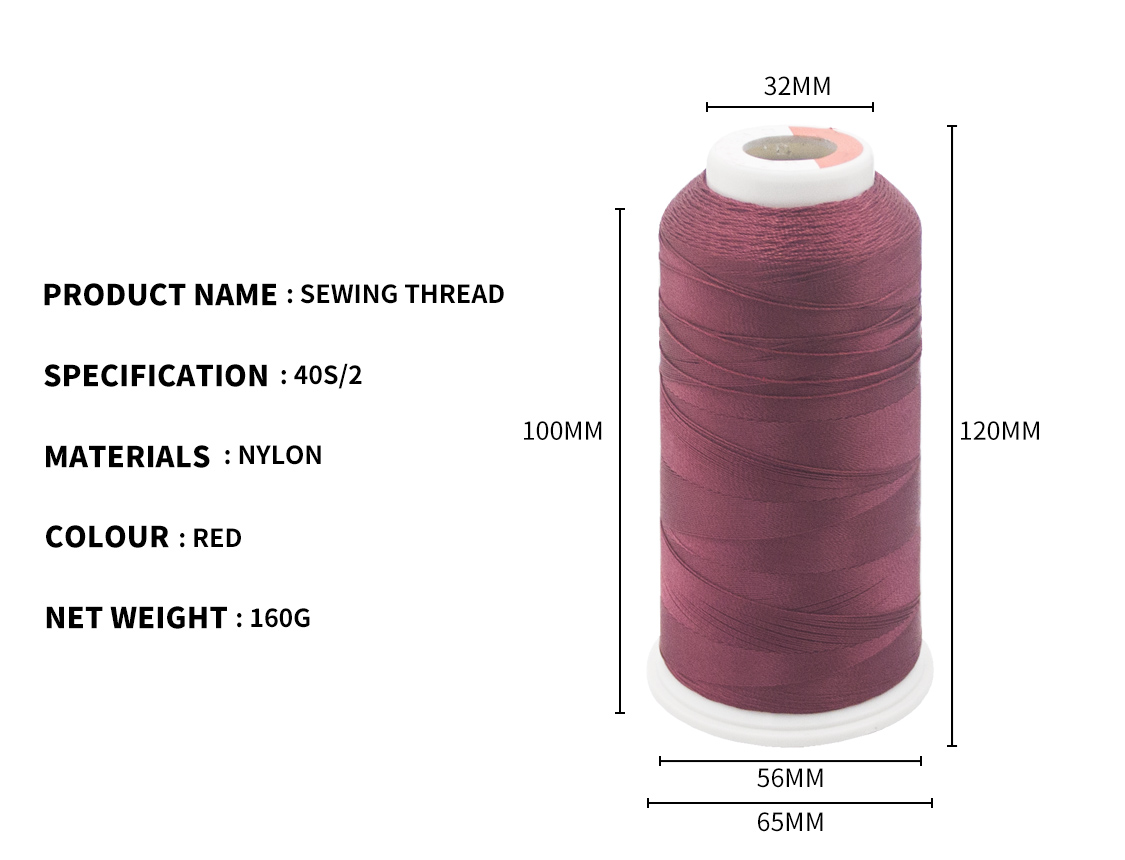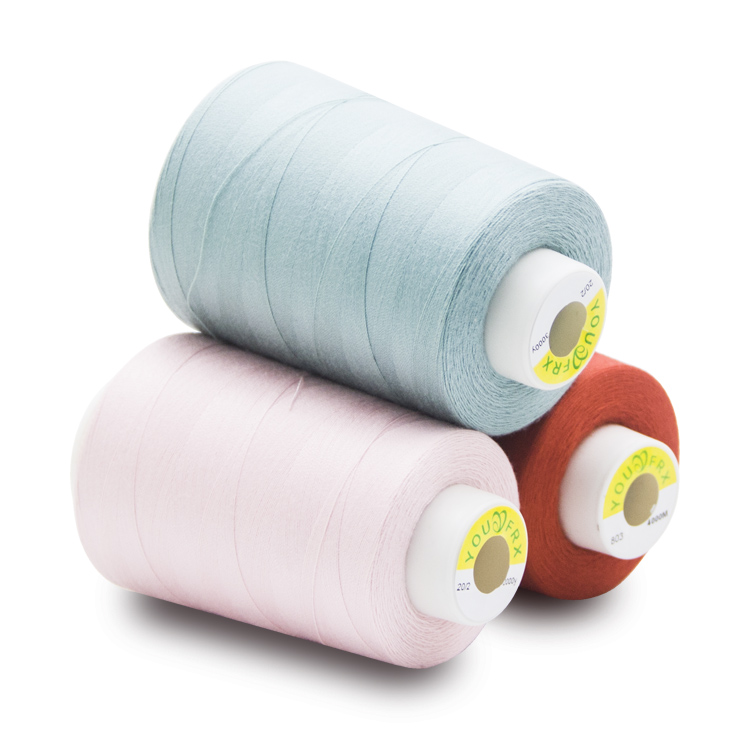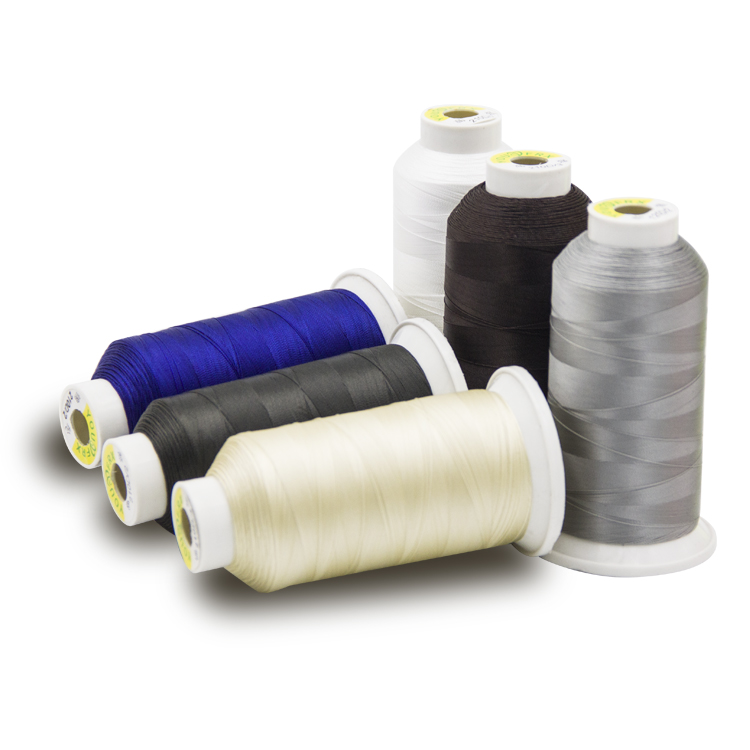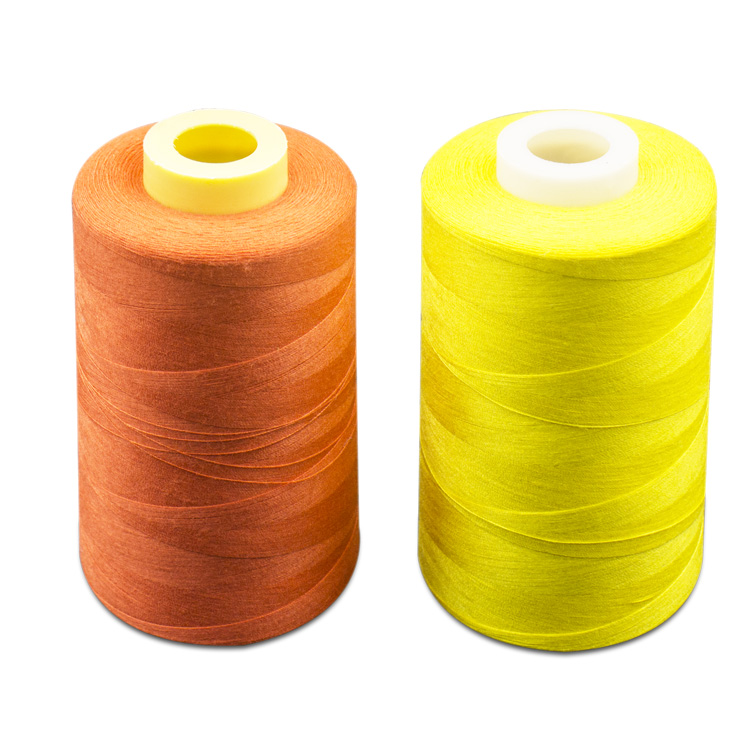
Textile Sewing Thread Inspection(1)
Fabric Thread Category
Various fibrillar component fabrics: cotton, linen, wool (sheep, rabbit), silk, polyester, viscose, spandex, nylon, CVC, etc.
Various structural fabrics: woven (plain, twill, satin), knitted (weft flat, cotton wool, roman, warp knitted); velvet, corduroy, flannel, lace, coated fabrics, etc.
Garment: coats, trousers, skirts, sweaters, T-shirts, cotton jackets, down jackets, etc.
Home Textile: Bedspread, quilt, bedspread, towel, etc.
Decoration articles: curtains, tablecloths, wall cloth, etc.
Other: Eco-textiles.

Purpose of inspection
The composition, structure and properties of sewing threads and their influence on sewing threads quality are analyzed and studied from the point of view of sewing threads usage and conditions of use. The value of sewing threads is determined and whether it meets the requirements of specified standards is determined.
Physical Property
Density, yarn count, weight, yarn twist, yarn strength, sewing thread structure, sewing thread thickness, coil length, sewing thread coverage factor, sewing thread shrinkage or shrinkage, warp deformation, tensile strength, tear strength, seam slip, seam strength, adhesion strength, single yarn strength, yarn density strength per unit yarn, anti-hook filament Fold recovery angle test, stiffness test, water repellency test, leak proof test, elasticity and resilience, air permeability, water vapor permeability, burnability of general ready-made clothes, burnability of children's evening clothes, bursting strength, abrasion resistance test, pilling resistance and so on.
Yarn count: refers to the size of the yarn, expressed in Ne, which is defined as the 840 yard multiple of the length of a pound of cotton yarn at a nominal moisture regain of 9.89%.
Density: Number of yarns per INCH.
Gravimetric: The ounce weight per square yard cloth or the gram weight per square meter cloth.

Tensile Strength: The tensile strength of a sewing thread of a certain size is measured when it is stretched to break at a constant rate by a stretching machine. The testing methods of tensile strength include grabbing method and spline method. Specific testing methods are selected according to different testing standards and customer requirements.
Tear strength: A specimen of certain size is clamped on the tear strength tester, and all the holes are cut in the middle to determine the tear direction. The tear strength tester uses the pendulum drop method to tear the specimen from the notch. The tear strength is measured.
Seam slippage: After folding a certain size thread , cutting the seam along the width direction and a certain distance from the seam, we measure the seam slippage by using the stretch strength tester to stretch the force at a constant rate to a certain seam opening or the opening distance when stretching to a certain strength. There are two ways to measure joint slippage, i. e. fixed opening force measurement and fixed opening force measurement. Specific test methods are selected according to different test standards and customer requirements. Seam slip is generally used only for testing shuttle thread.
Seam Strength: As with seam slip, the force used to break the seam at a constant rate by stretching with a stretch tester is the measured seam strength. Seam strength can be carried out simultaneously with seam slip, generally only for shuttle thread testing.
Breakage strength: Under certain conditions, a plane thread is rotated at a suitable angle and an expansive expansive force is added until it breaks, which is the breaking strength.

Wear resistance: Under known pressure, the wear resistance value is measured by rubbing the gauge sample on the sample clamp and the standard abrasive cloth in a certain trajectory under a certain pressure until the number of broken yarns or holes required by the customer appear on the thread . The number of times of friction at the end of the experiment is recorded.
Anti-pilling property: The sewing thread is rolled and rubbed under certain conditions for a certain period of time to observe its surface pilling, pilling refers to the formation of fiber entanglement pills clustered on the thread surface. Furring refers to rough and uneven fibers on the surface of threads, which results in changes in the appearance of threads. The fuzzing and pilling of sewing threads are assessed by grading or comparing with the original.




